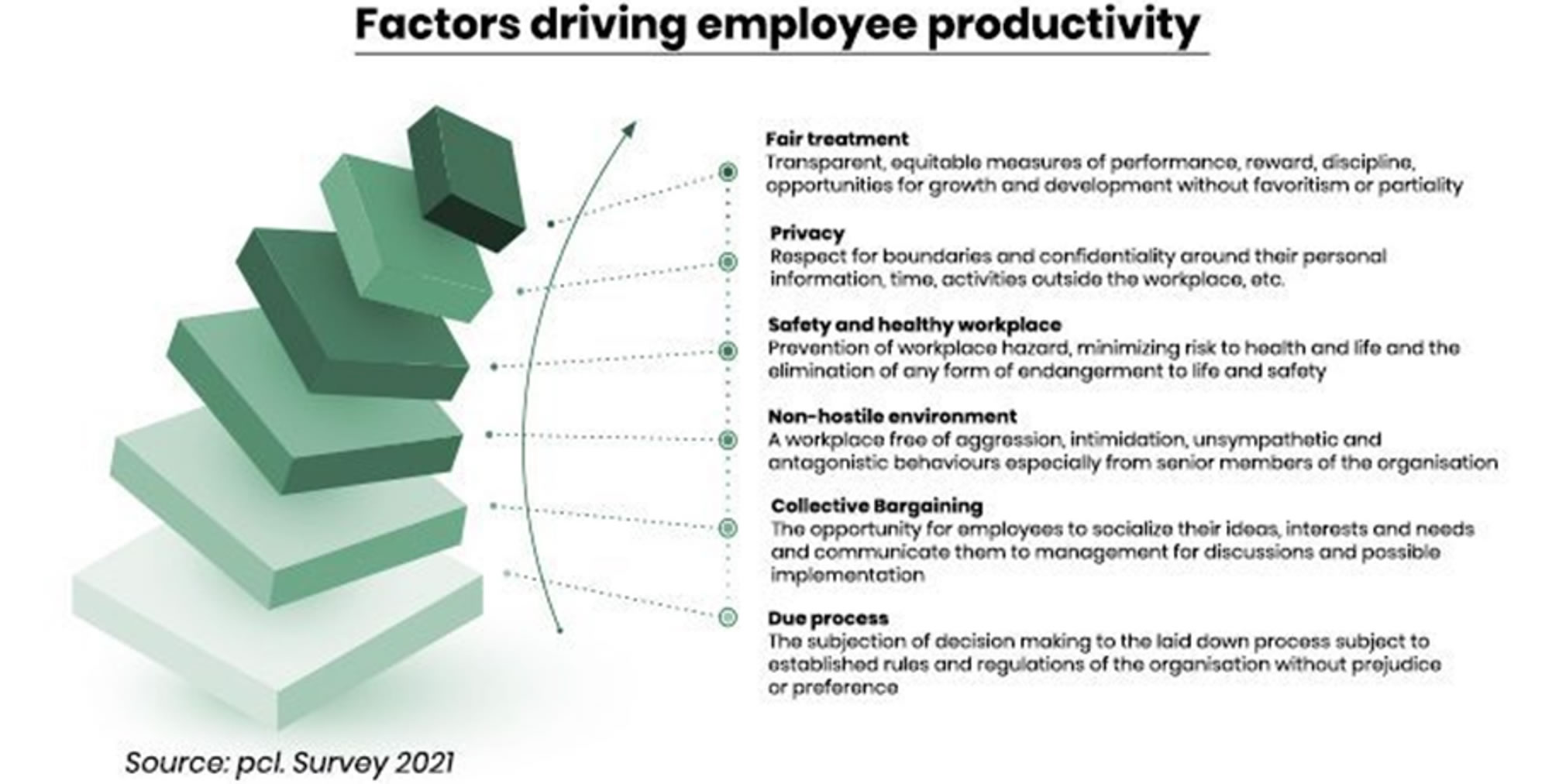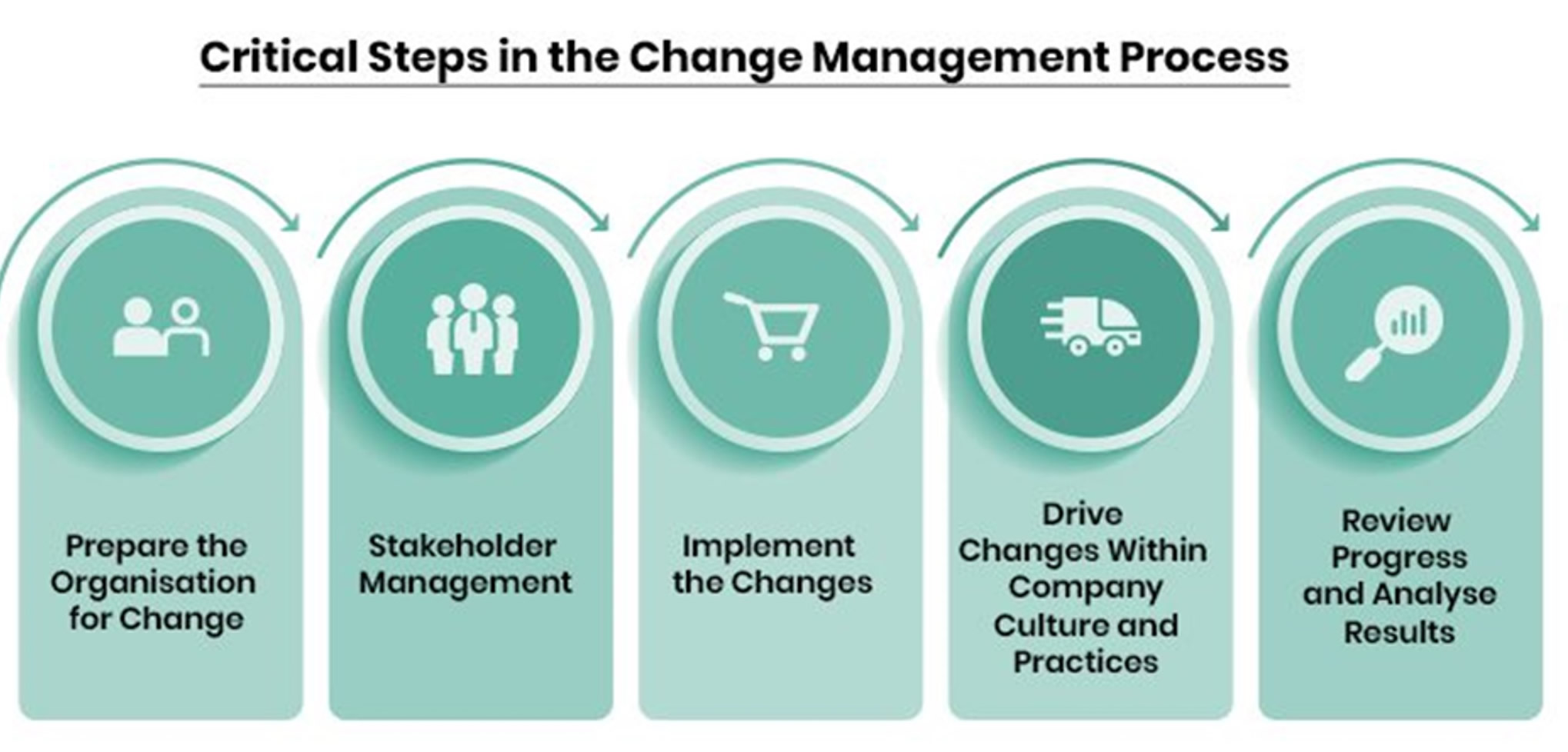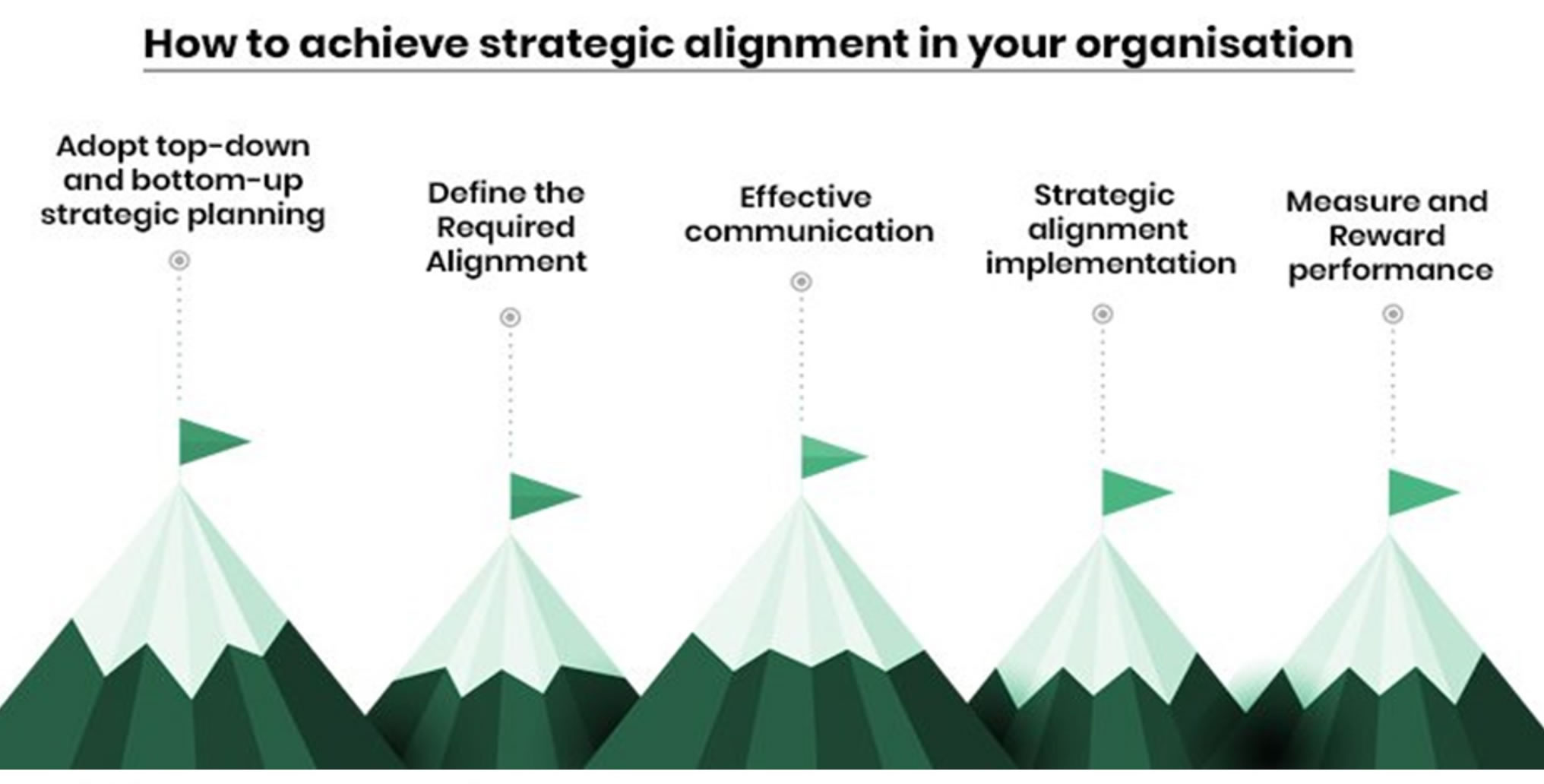As technology keeps evolving, it is fast becoming a fusion into individuals’ daily activities as technology influences communication, travelling, eating, fitness and working. With technological advancement driving and shaping processes in today’s world of work, the digitalisation process continues to impact business operations and is proving relevant in the corporate sector.
The aftermath of the pandemic brought several business challenges, which have led global economies to increase investments to remain on course for their digital purpose. With 65% of the global GDP set for digitalisation by 2022 and direct digital transformation investments estimated at $6.8 trillion between 2020 and 2023, projections from the International Data Corporation (IDC) show that end-user organisations will continue to develop their existing strategies and investments to navigate the unprecedented challenges from the pandemic outbreak to becoming a digital-at-scale enterprise for the future.
Digitisation is no longer restricted to technology or digitally native companies, with digital innovation processes touching every industry; it is not a case of if but when digital innovation will position innovators as the new champions. With new champions emerging, technological innovations have given some an edge while leaving others behind. The impact of COVID-19 has sped up digital transformation to create an environment where keeping up with modern technologies is pertinent to business growth. According to a Forbes survey, 79% of executives have reported an increase in digital transformation budgets in response to COVID-19, and 69% of companies indicated they would be spending the corresponding amount of effort in 2022 compared to the budget of 2021.
Digital Innovation vs Digital Transformation: Mutual Exclusiveness
Often digital innovation and digital transformation are used synonymously, but these two concepts are different from one another with a mutually causal relationship; hence one leads to the other. Digital Innovation is usually a sudden change in response to an existing (or new) problem. In contrast, Digital Transformation is a long, strategic journey leading to a fundamental change in the overall organisation. Digital innovation is comparatively at a smaller scale than a digital transformation initiative in an organisation.
Innovation and transformation are different in the digital world. In some instances, transformation can lead to innovation. In others, innovation can lead to transformation.
Why is Digital Innovation crucial?
As digital innovation transforms the world, several studies have shown a major shift in the digital era as it influences the daily activities of individuals in communication, work, business operations and media consumption. Also, certain industries experienced are experiencing this major shift. In this rather short period, industries which appeared steady have lost their balance due to the power of disruptive innovation in transforming every single industry one step at a time.
With these changes occurring, exploring and defining digital innovation on a business level will incrementally impact industry & market changes. To further implement digital innovation, businesses are advised to apply an agile approach in digital transformation as it has become pertinent for survival.
1. No Data, No Business: Data is everything
Data and analytics should play a central to digital innovation strategy. Due to the ever-increasing interconnectivity of the world, businesses have access to more customer data than ever before. Business leaders who prioritise digital innovation are equipped to taking valuable decisions based on customer insights harvested from vital data.
2. Market Changes: New Customer Expectations
With the recent changes in industry and market, consumers are steadily making choices based on their high expectations. Customers’ high expectations will require a smooth and frictionless user experience. Business leaders should incorporate these requirements to give customers a rounded experience in the usability of an application, communication, and internal training with staff. Prioritising digital innovation will ensure businesses are always updated on utilising technology to provide customers with a premium experience across all facets of their business.
3. Improving employee productivity through automation
Digital innovation gives prospects for businesses to engage in automation to increase employee productivity. In core business functions such as HR, technology can be utilised to automate key areas such as payroll and employee onboarding, staff time management, etc.
Due to the impact of COVID, remote working has fast-tracked most businesses’ digital transformation initiatives. The numerous global lockdowns throughout 2020-21 required teams to work from home to achieve business continuity.
Early evidence suggests that access to remote work has increased the global workforce and productivity by 77% and commensurately increased output and revenue for businesses and organisations that quickly shift to the digital work model.
4. Increase in Cyber Attacks: security is more important than ever
With the increase in digital threats, businesses must invest in technology to combat the unprecedented changes working online. As companies move increasingly to the cloud, cyber-attacks are increasing exponentially. Businesses must engage technology to increase security against cyber threats. With cybercriminals getting smarter with developing malware, companies that do not keep pace with advances in security may pay a heavy price for digital threats.
5. Workplace Evolution: Remote to Hybrid
The evolution of the workplace is resulting in employers developing strategies to provide employees with the work tools, capabilities, and security protocols to support working from home.
As lockdowns were lifted, the most advanced organisations recognised the hybrid work models and how they represent work’s future. In 2022, businesses will compete for talent based on culture, policies, and technologies that facilitate work productivity and life flexibility. Hence, organisations are innovating and migrating from remote to hybrid work models. Hybrid work fosters effective collaboration and improves learning management systems and organisational performance management. This has digitally transformed how workflows are perceived in 2022.
Case Studies
Major enterprises are leading digital initiatives on the global scene to power up growth and operational efficiency. Such organisations utilising innovation for operational transformation, market expansion and entry opportunities are envisioned as trailblazers due to their accommodation of technology to improve efficiency and stand out as leading in the digital innovation sphere; such organisations are:
- IBM: Digital portfolio expansion from hardware to core business services
With IBM shifting its focus from hardware to software and services, has it exploring expansion of its digital portfolio by rejuvenating its core business by exploring the B2B services business. IBM transformed its core company services around research, sales, and consultancy.
- Apple: Transforming the music industry through digital service innovation
Another example of such digital portfolio expansion is Apple successfully developing into a music distributor with the product iTunes. Despite having competitors such as Spotify, Apple contributed immensely by stimulating the business ecosystem in the music industry through its digital service innovation.
- Walmart: Using Digital Innovation to Compete with Amazon
Walmart, a blended e-commerce platform with a traditional retail channel, is leveraging technology to scale its competitive advantage, especially with Amazon. By honing the omnichannel strategy, Walmart uses technology to lead retail disruption to reduce customer friction. With this, Walmart is turning technology into a new revenue stream by partnering with Adobe, for instance, which facilitates Walmart to offer its cloud-based pickup, delivery, and fulfilment services to retailers. This, in the long run, keeps it ahead of its competitor Amazon.
- Ikea: Partnering with TaskRabbit for Product Assembly
IKEA, a Swedish retail giant, has emerged at the forefront digitally. Its online catalogues, home planners, digital product design, and virtual reality show booths have also earned recognition. IKEA identified an opportunity in product assembling and partnered with TaskRabbit, a mobile marketplace. It strengthened its digital customer service capabilities as TaskRabbit matches freelance labour with the local demand, giving IKEA an edge over its competitors.
Closing the digital innovation gap
For an organisation to engage digital innovation across all its disciplines within their organisation; the following steps can be engaged:
- Develop a Digital Innovation Strategy: curate a strategy to transform the organisation digital-wise. Companies must create a digital innovation strategy with several technological changes to stay in the competition. There is a need for the right framework and tools to support themselves.
- Reimagining Current Business Model: rethink and modernise current business models to suit current market changes that greatly influence business operation.
- Develop a Distinct Digital Transformation Strategy Story: based on findings from research on leading digital innovation trends, organisations can curate a unique digital transformation strategy story to fit the revised business model best.
- Engage Trending Technologies to Optimise Business Model: Utilise trending technologies to improve traditional business models to modern business models based on findings and re-evaluation of business strategy.
- Curate Distinctive Competitive Advantage with Digital Innovation: to get ahead of the competition, a business should curate a USP by engaging digital innovation through developing viable processes, unique services and products and maintaining a predominant strategy to sustain transformation in the long run.
 Lagos, NG • GMT +1
Lagos, NG • GMT +1











 3360 views
3360 views
















 Sponsored Ad
Sponsored Ad
 Advertise with Us
Advertise with Us









